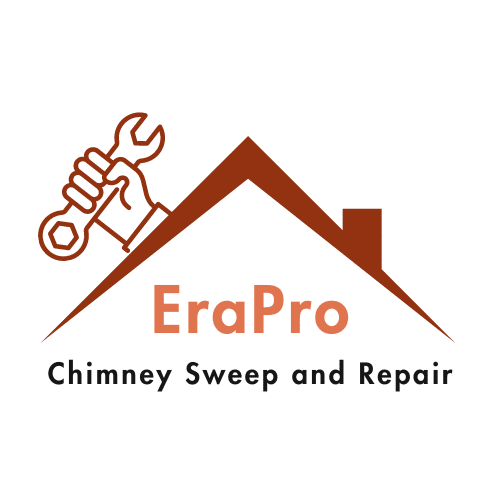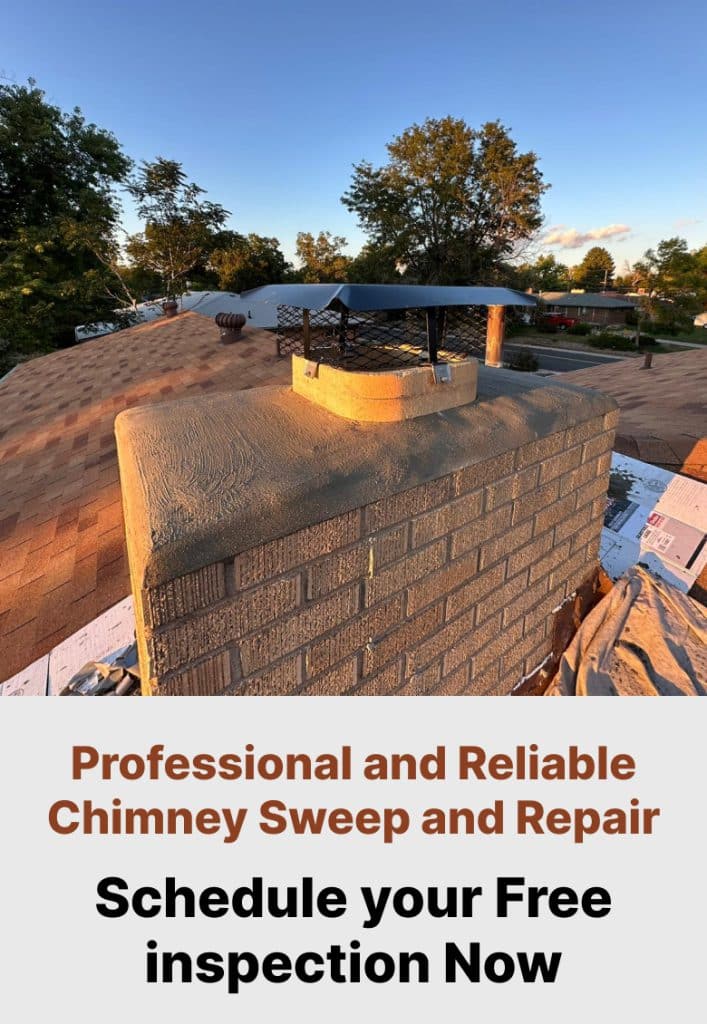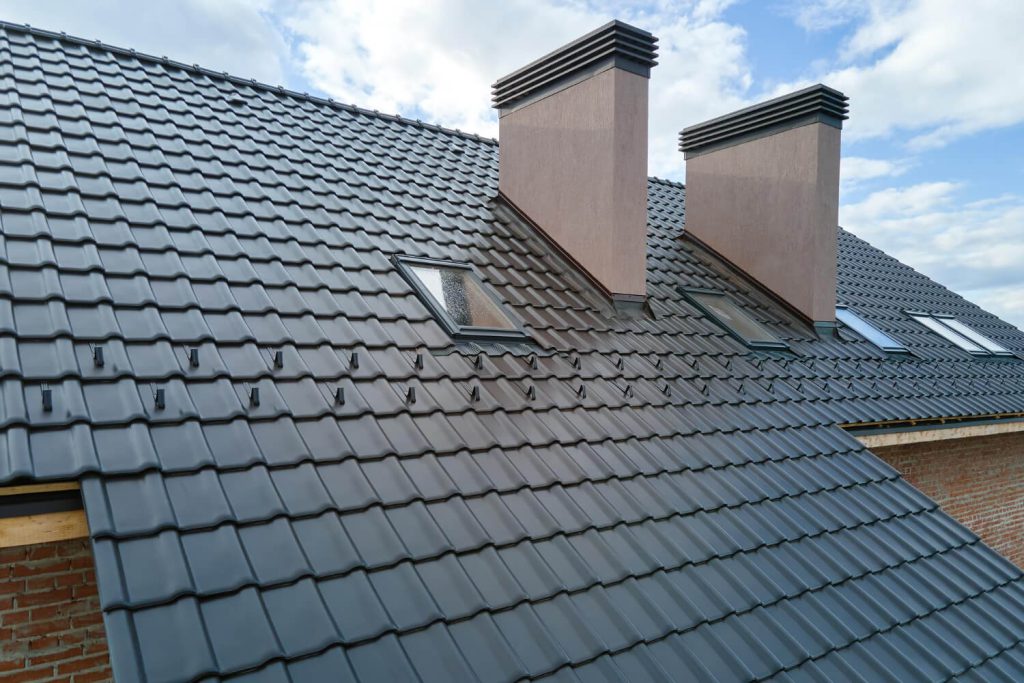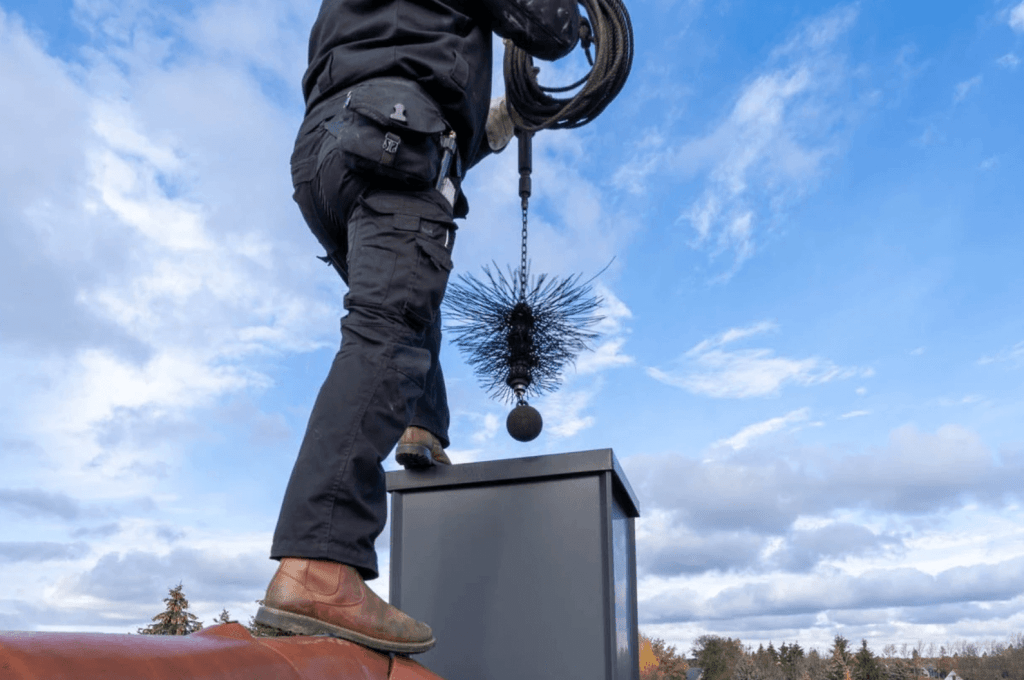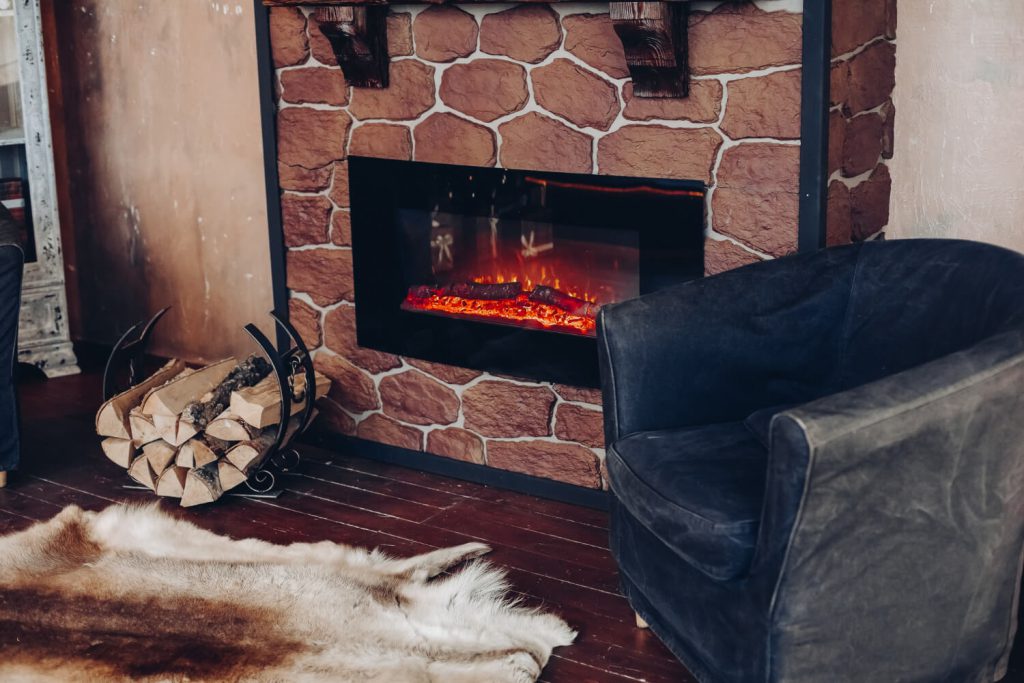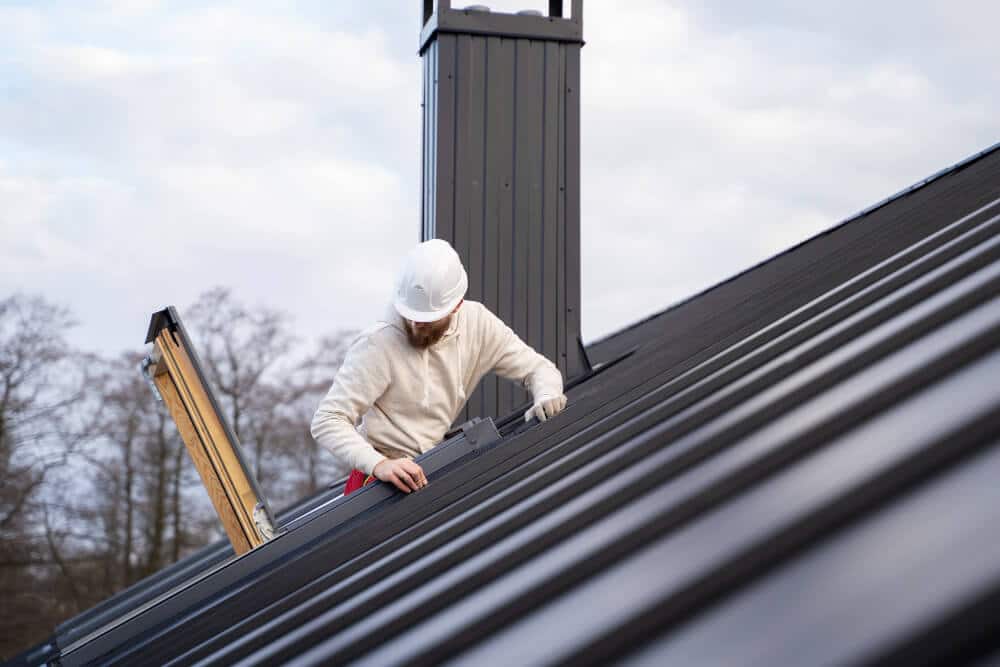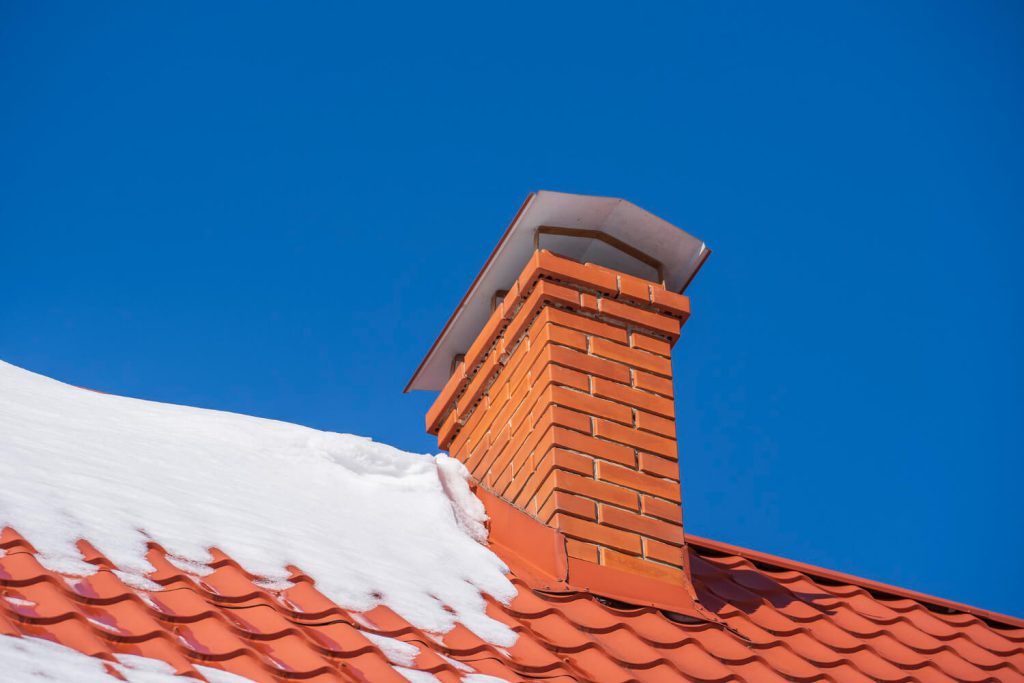Do you own your chimneys and are looking forward to its regular cleaning method? This is the right place to navigate about chimney clean logs.
Do you want to clear out your chimneys for more efficient functioning? Then, the chimney cleaning log is an authentic tool for disposing of sticky deposits from chimneys. As we know, blockages of creosote or residue house the chimney flue, minimizing its working capability and increasing the risk of chimney fires. This explosive buildup can’t be neglected. Otherwise, it may endanger your house at risk of explosion. Utilizing chimney sweeping logs to scrape off thick creosote or debris keeps your chimneys clean and maintained. However, professional inspection and sweeping are crucial once a year.
What Do Chimney Cleaning Logs Do?
The creosote sweeping logs work through a specialized mechanism. The logs are comprised of heat-powered chemical additives that adhere to the creosote when you burn them. These chemicals move upward to the flue with the help of hot gases and then accumulate throughout your fireplace. This deposit of additives combats harmful creosote buildup and aids in its reduction. The logs’ action continues for a duration of 1 to 2 weeks, and in turn, creosote becomes more powdery. This loosened soot sometimes falls from the flue or is easy to remove with a brush.
Do Cleaning Logs Really Work?
When lighting up a fire, gasses that are not burnt during the combustion process move upward to your chimney and get emitted into the outer air. On travelling up, gases come in contact with the cold chimney flue. As a result, they condense and stick to the inside of the chimney flue. Then, cleaning logs work in reducing tar-like substances accumulated on your fireplaces. Thanks to the chemical additives, which react on burning the logs and alternate the structure of sticky creosote into flaky substances, it is convenient for a chimney owner to remove them. It is recommended to burn a chimney sweeping log on hot embers remaining from a regular wood fire. However, don’t consider logs a replacement for a qualified sweep.
Are Cleaning Logs Safe?
There are a few safety concerns that need to be addressed when using chimney sweep logs.
⦁ For personal safety, always keep a respiratory mask because you are exposed to hazardous substances like creosote, toxic fumes, and soot.
⦁ Bear in mind that creosote can be harmful in the presence of rugs or carpets. So, focus on protecting your home with floor-covering tarps.
⦁ Protect yourself from airborne hazards when using fireplace cleaning logs.
⦁ Avoid using wet firewood because it maximizes the chances of creosote formation inside your chimney flue.
Advantages of Chimney Cleaning Logs
There are a lot of benefits if you employ cleaning logs accurately, including:
⦁ Most cleaning log’s active ingredients (chemicals) perform with a dual action formula and help prevent new deposit formation in flue pipes.
⦁ The logs clean chimney flues, which, in turn, utilizes less wood and heats your home efficiently. It’s also cost-effective.
⦁ Cleaning logs are easy to use; simply keep the log in your chimneys and light it like burning a wood piece.
⦁ These can be stored and used later; they will still function effectively. Logs clear out the bottom and the sides of the pipes from creosote buildup.
Disadvantages of Chimney Cleaning Logs
The drawbacks of each and everything is a fact, which we can’t ignore. The same goes for the chimney cleaning log; this excellent tool also has some cons, including:
⦁ Logs are not a replacement for the certified sweep; no matter if you regularly use logs, annual professional sweeping is still compulsory.
⦁ Logs don’t remove creosote completely, and remaining loose deposits can also catch fire and increase the likelihood of chimney fires.
⦁ These logs are perfectly suitable for wood-burning chimneys but inappropriate for gas or propane fireplaces. You have to switch to other cleaning methods if your home has these types of chimneys.
⦁ Logs don’t work effectively for heavy creosote like Stage 2 deposit but help in only the reduction of debris.
How Often Should You Clean a Chimney?
It depends on how often you utilize your chimney, and animals and bees house the fireplace if rarely used. Secondly, when creosote buildup is 1/8-inch thick, it means your chimney requires cleaning. By employing logs on time, you can protect yourself from building a thicker layer of creosote and progress to the hardest stage. Don’t wait too long for cleaning if you intend to enjoy the efficient working of fireplaces. For regular users, it’s better to utilize a cleaning log every two months to avoid deposits. Another criterion recommends using a cleaning log after every 60 fires. Some studies claim to use 2 logs per season (start or mi of the season) if you fire once a day and 1 log per season if your chimney is used only on weekends.
When to Hire a Chimney Sweep?
According to the statement of “The Chimney Safety Institute of America (CSIA),” it is suggested to go for a professional sweep at least once a year, no matter if you have employed cleaning logs several times. The chimney sweep deeply inspects the entire fireplace and completely removes the debris from the duct and the bottom. Except for that, experts also clear out the damper, flue, and other parts of the fireplace. By hiring professional sweeping, your chimney is guaranteed free of creosote and other deposits. But don’t miss out on the occasional use of cleaning logs in between an annual certified inspection and cleaning.
Conclusion
In conclusion, the entire article revolves around cleaning logs and sheds light on all perspectives, their working, pros and cons, and other basic details. Shortly, chimney cleaning logs are worth the cost because they ensure the reduction of creosote and ease of cleaning loosened soot. However, following the manufacturer’s directions is necessary to maximize your home’s safety from explosive creosote materials. Logs are beneficial in many ways, bestowing peace of mind and efficient working of chimneys. However, logs don’t compensate for an annual professional inspection and sweep.
